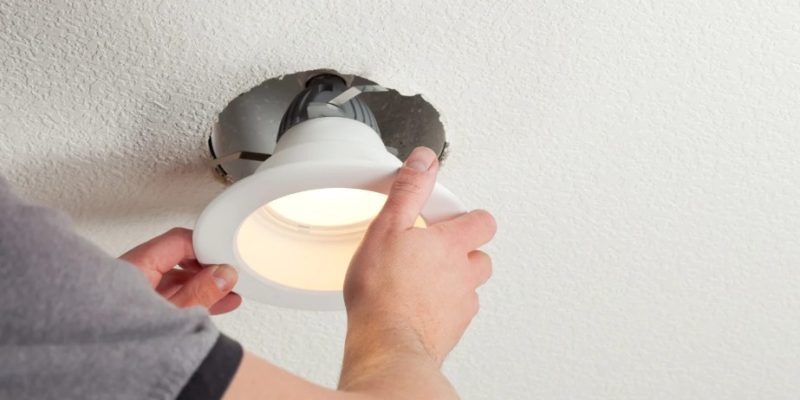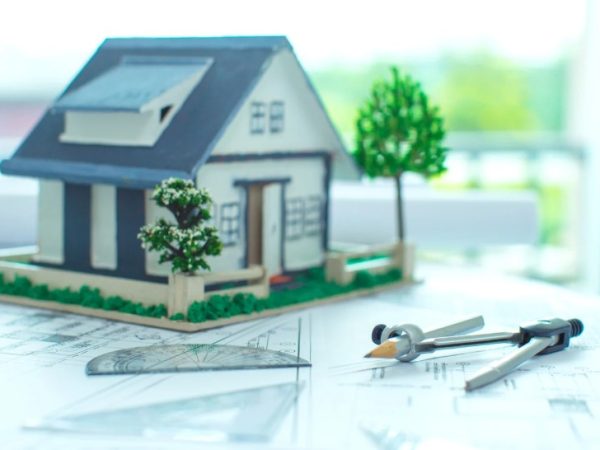
5 Signs It’s Time to Retrofit Your Lighting System
When renovating a commercial property, one of the most common requirements is to make the infrastructure more sustainable and resilient to external forces, including complying with ever-evolving legislation and safety standards.
Typically, this requires construction companies and architects to promote well-being within the design, such as green spaces, natural light, better ventilation and improved insulation.
One often-overlooked aspect of projects such as this is the integration of retrofit lighting solutions. This can enhance well-being, improve cost control and deliver quality improvements.
What is Retrofit Lighting?
This is the process through which the existing lighting systems and fixtures within the building are upgraded, renewed or replaced by more energy-efficient alternatives.
This may be a wholesale replacement or a retrofit in which existing fixtures are supplied with more energy-efficient fittings.
There are a variety of scenarios in which retrofitting lighting solutions represents a sound value for money investment. These include:
1. High Energy Bills

If the building’s electricity costs are disproportionately high when compared to similar-sized buildings with a comparable occupancy rate, outdated lighting solutions could be a contributing factor.
Old-fashioned lights, such as halogen and fluorescent, use up to 80% more energy than modern LED bulbs.
They also last for a far shorter duration, so retrofitting these existing fixtures with energy-efficient bulbs could make a significant difference to the building’s ongoing running costs.
The long-term savings achieved through retrofitting will outweigh the initial cost of the upgrade, with the added benefit of reduced operational costs for the foreseeable future, as LED lamps have a longer lifespan than those they replace.
2. Excessive Maintenance
Old lighting systems are more prone to failures than modern ones. If the building maintenance line on the project cost sheet is causing some concern, it may be time to cut your losses.
Upgrading to a modern, efficient, and resilient lighting system will reduce ongoing maintenance costs and enhance performance.
When you factor in both the cost of replacement parts and the labour, an upgrade represents excellent value for money through reduced maintenance and a more reliable service.
3. Poor Quality Lighting
If a building suffers from dim, flickering or uneven lighting, it can have an adverse effect on the health and performance of the workforce.
Poor-quality lighting can increase eye strain, cause headaches, and compromise overall well-being.
Retrofitting a better quality lighting solution will improve the light consistency and brightness throughout the building and deliver greater levels of employee satisfaction and enhanced productivity.
Ask your staff for feedback on their working environment, and if lighting is frequently highlighted as an issue, prioritising a refit could improve morale as well as enhance the premises’ asset value.
4. Non-compliant Lighting Systems
Corporate regulations and legislation evolve at a rapid rate, and it is easy for lighting systems in a commercial environment to become non-compliant with energy efficiency standards, workplace safety requirements and building codes.
It is sensible to check during planned maintenance activities that the system remains compliant with current legislation and standards.
Should any element of your system fail to comply, it should be replaced by a future-ready system that will ensure long-term compliance.
Retrofitting lighting solutions can also enhance the building’s sustainability credentials, allowing developers or building managers to seek LEED or BREEAM certification, increasing the property value and strengthening the brand’s reputation.
5. Lack of Flexibility

Another way in which modern buildings achieve their energy efficiency targets and environmental sustainability goals is through the integration of smart lighting.
This utilises motion sensors and daylight harvesting to focus brightness where it is needed, when it is needed.
Old-fashioned, permanently installed lighting solutions do not offer this level of flexibility, requiring the unnecessary illumination of entire spaces, often for extended periods at a time.
Even worse, these systems rely on building occupants to turn lights off when no longer required, and this cannot be guaranteed.
This reliance on human operation is inefficient and expensive, so installing a retrofit lighting solution eliminates this issue and improves convenience.
Conclusion
Upgrading the lighting in a commercial facility offers benefits beyond cost savings.
A lighting retrofit will improve the visitor and staff experience, enhance the safety and well-being of building occupants, reduce maintenance downtime and future-proof against regulatory changes.
Although the initial costs of upgrading can appear intimidating, the many benefits achieved represent a substantial return on investment.
These benefits will last for decades in terms of reduced long-term costs, improved performance and the achievement of sustainability targets.





